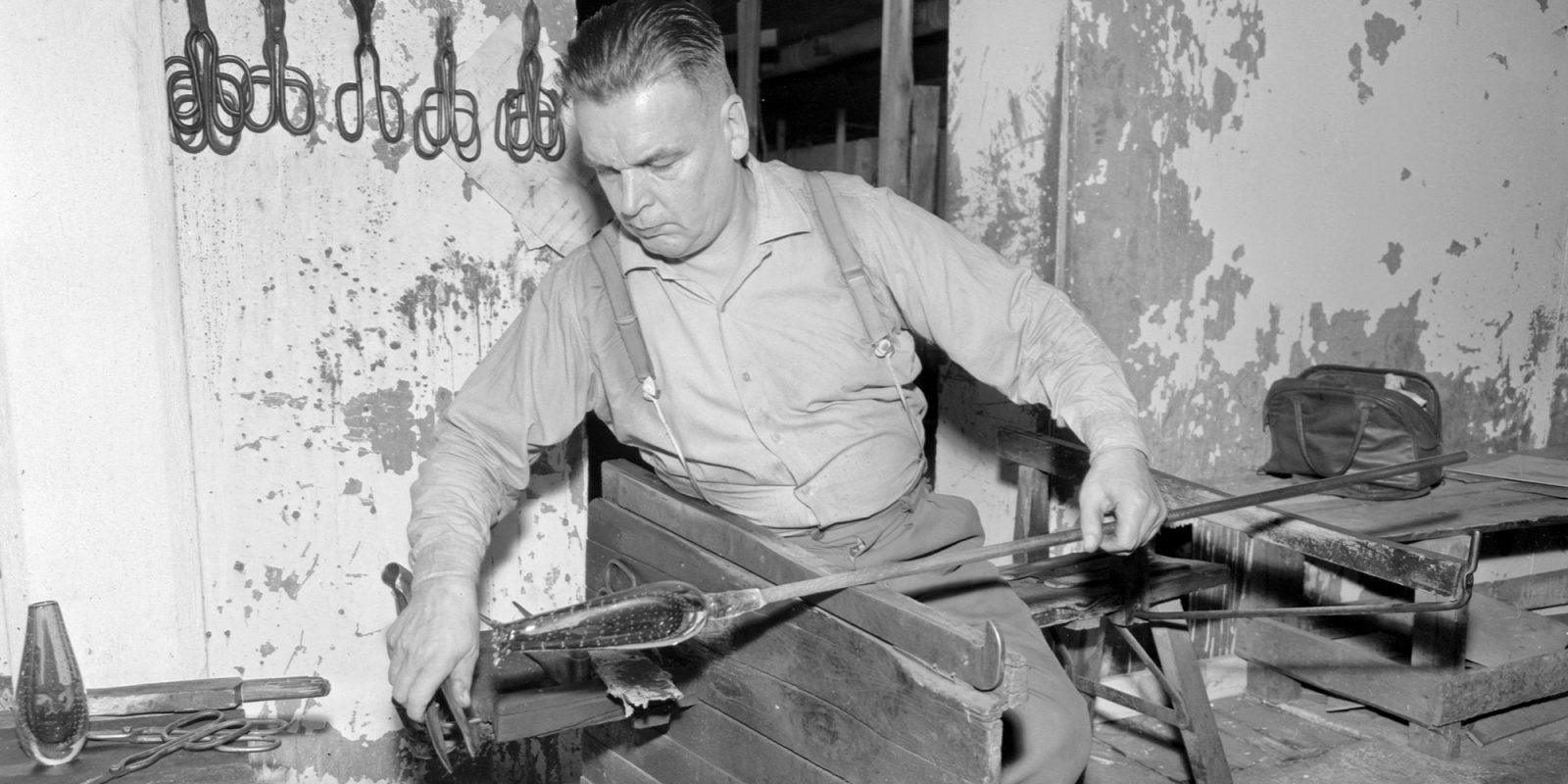
Handcrafted glass know-how the latest Finnish inscription on UNESCO’s list of Intangible Cultural Heritage of Humanity
The Intergovernmental Committee for the Safeguarding of Intangible Cultural Heritage, convening in Botswana, has inscribed the knowledge, craft and skills of handmade glass production on the UNESCO’s Representative List of Intangible Cultural Heritage of Humanity. The inscription of a multinational nomination is a tribute to glassblowing and design based on intangible cultural heritage.
The application of Finland and five other countries for the UNESCO’s Representative List of Intangible Cultural Heritage has been approved in Botswana on 6.12.2023. In addition to Finland, the multinational nomination was joined by France, Germany, Spain, the Czech Republic and Hungary. In Finland, the nomination process was supported by 17 actors in the field of glass. The Finnish Glass Museum coordinated the application in collaboration with the Finnish Heritage Agency. The collaboration in the nomination process has strengthened the networks in the glass field both internationally and in Finland.
“We are proud of our new UNESCO inscription which will make visible the glass makers and the connections of intangible cultural heritage to Finnish design. There is a strong skill-base in the field of handcraft in Finland and now it receives well-earned recognition,” says Leena Marsio from the Finnish Heritage Agency.
Handmade glass brings intangible and tangible cultural heritage together
The know-how related to glass is thousands of years old and yet very much alive. Glass is shaped and decorated both cold and hot, and it is used to make hollow glass items, flat glass and crown glass. Processing glass requires strong handcrafting skills, and education plays a significant role in safeguarding them. Each glass blower has their own technique and style, and each handcrafted glass item is unique.
“Glass items have a special meaning to the Finns. Their aesthetics are admired and their high quality and fame is something we feel proud of. The decision made by UNESCO is, in its part, enabling that the know-how is preserved and still developing,” says Hanna Mamia-Walther, the Director of the Finnish Glass Museum.
Glass processing is craftsmanship and living, intangible cultural heritage, but the glass items created are also tangible heritage and design. Finnish glass design is already well known, and the recognition by UNESCO supports the appreciation of both the bearers of this tradition and the Finnish glass in the world.
The UNESCO Convention celebrates 20th anniversary
2023 has been a theme year of living heritage, as the UNESCO Convention for the Safeguarding of the Intangible Cultural Heritage was adopted 20 years ago. Finland has been a member state of the Convention for ten years.
The inscriptions from Finland in the Representative List of the Intangible Cultural Heritage of Humanity already include sauna tradition, Kaustinen fiddle playing and the multinational Nordic clinker boat traditions. In Finland, the Finnish Heritage Agency is responsible for the implementation of the Convention. The Ministry of Education and Culture is responsible for reporting to the UNESCO on the execution and monitoring of the Convention.
Intangible cultural heritage is inventoried nationally and internationally as part of the Convention. UNESCO maintains two Lists of the Intangible Cultural Heritage and a Register of Good Safeguarding Practices. Before the ongoing UNESCO meeting, the lists included a total of 676 inscriptions in 140 countries. At the 2023 meeting were 55 new applications in the process.
The Finnish Wiki-inventory for Living Heritage already includes 240 inscriptions from over 400 communities The National Inventory of Living Heritage includes 86 inscriptions. Glassblowing was added to the national inventory in 2017 as one of the first elements.
The elements nominated for the UNESCO Lists have first been selected in the National Inventory of Living Heritage in Finland. In turn, every three years elements are selected for the National Inventory. These inscriptions have been suggested by heritage communities to be added to the Wiki-inventory of Living Heritage which is continuously open.